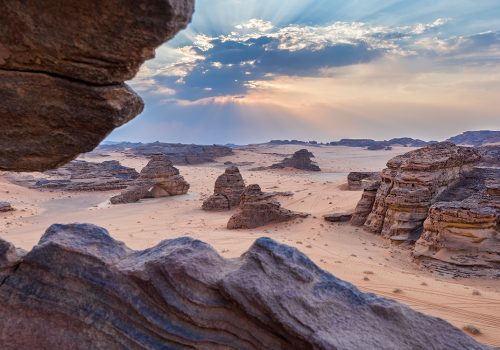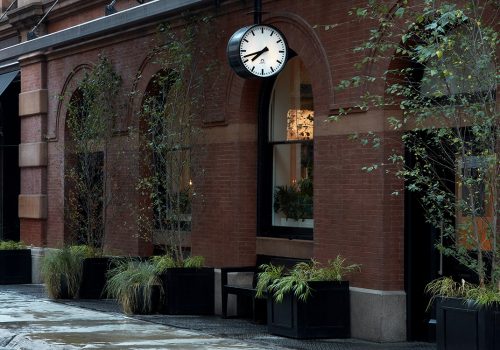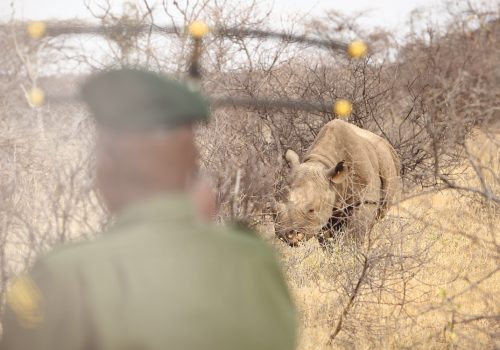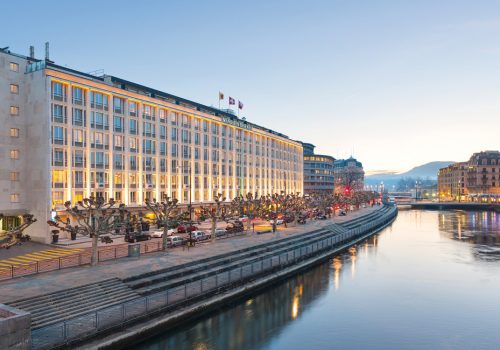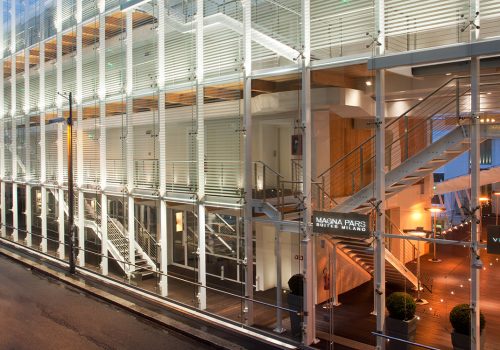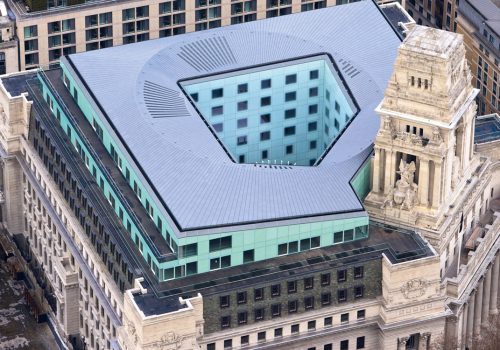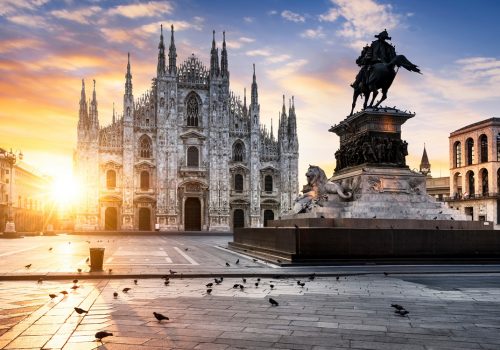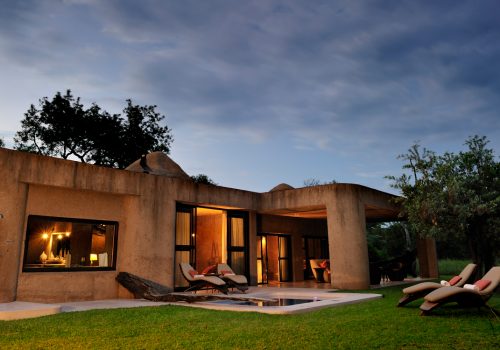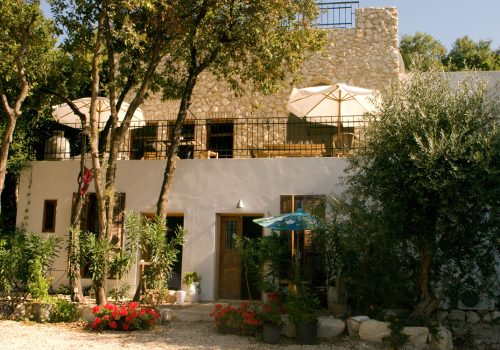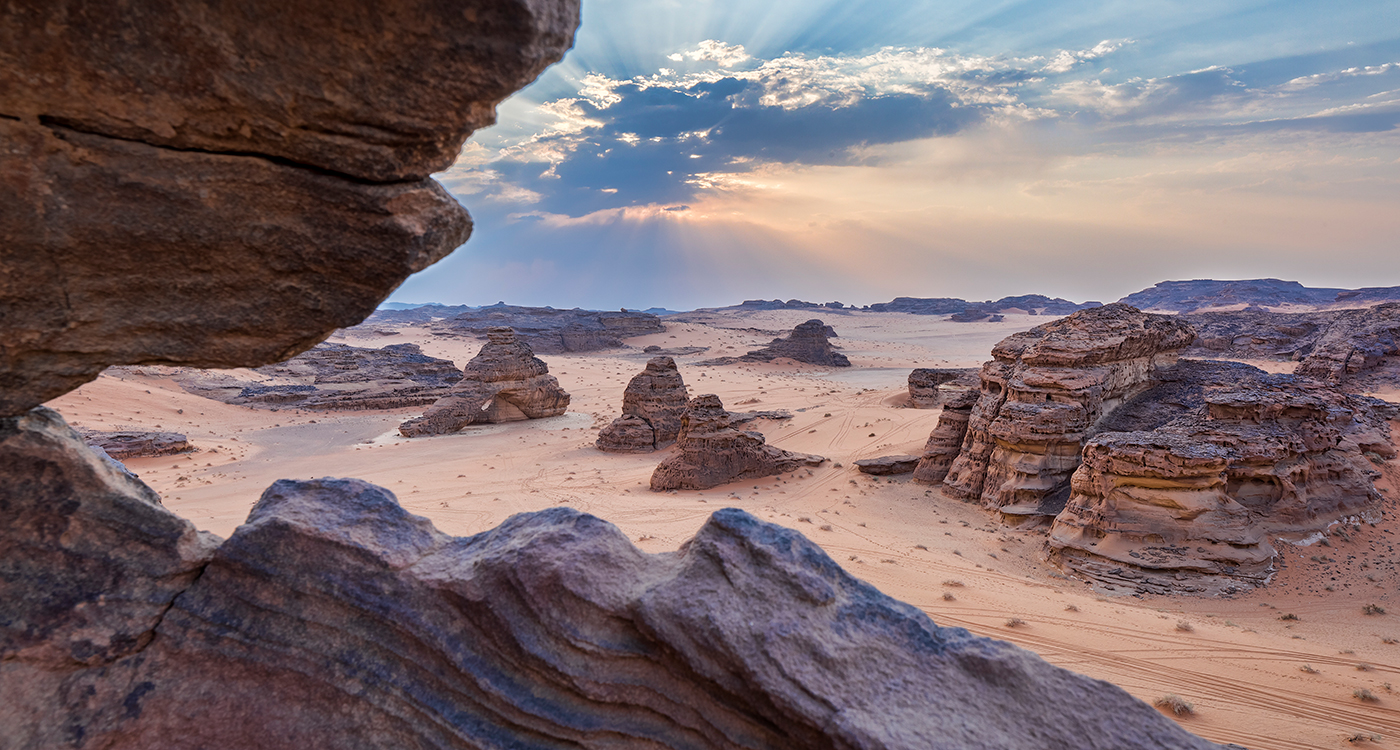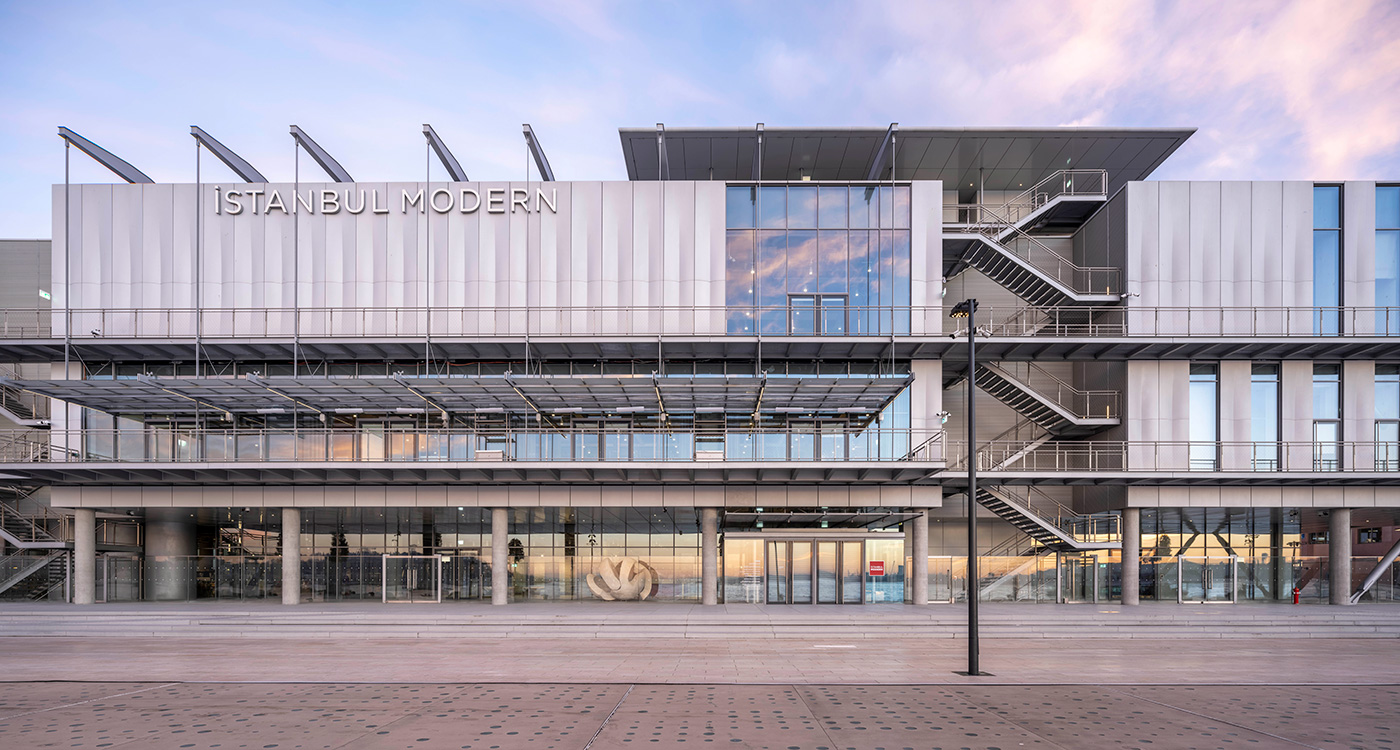Far away from the dense urban sprawl of Istanbul, Ankara or Turkey’s multitude of crowded coastal resorts, the northern Black Sea is a region that has much to offer, especially to those with a desire to explore some lesserknown spots in this diverse country. Blessed with a rich blend of cultures, unique cuisine, traditional artisanal crafts, and a jaw-dropping variety of outstanding beauty spots both natural and manmade, there’s no shortage of things to see and do as you make your way through what we now consider to be the best kept secrets of Turkish tourism.
Kastamonu
Nestled within some of the country’s most pristine natural beauty, the hidden gem of Kastamonu can be reached via a daily, 75-minute internal Turkish Airlines flight from the country’s most populous city, Istanbul. This makes it an ideal starting point from which to begin a grand tour of the Black Sea region.
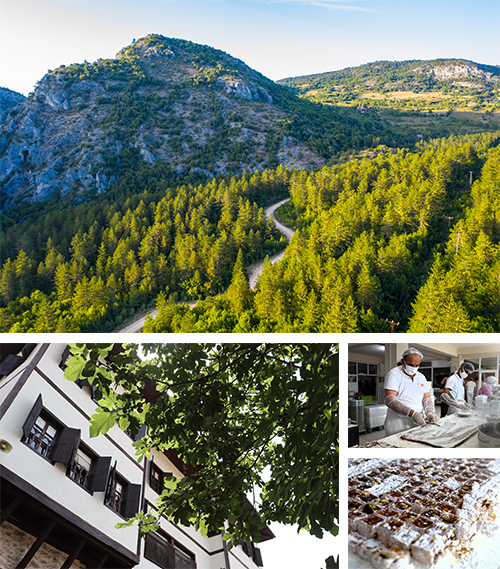
ABOVE: The Valla canyon with its famous Muratbaşı observation terrace is thought to be the second deepest canyon in the world, as its depth reaches 1,200 metres in some places. BOTTOM LEFT: Traditional Ottoman architecture in Safranbolu. BOTTOM RIGHT: Imren Lokumlari is the oldest Turkish delight seller of Safranbolu.
It’s a place that’s surrounded by ancient fortresses, beautiful Ottoman architecture, breath-taking mountain ranges, and farming communities living off this verdant land. This is after all where Turkey grows its best quality peaches, sunflowers, hazelnuts, corn, and black tea. Kastamonu City is the jewel of the area though, filled as it is with gorgeous and colourful mansion houses, inns, mosques, and social complexes that comprise the region’s precious living heritage and to be frank it’s a pleasure just wandering its winding streets, uncovering one little treasure after the next.
A prime example of this is the Münire Sultan Madrassa, built in 1746. Once a seat of learning, this magnificent historical building has been transformed into a handicraft bazaar. We were greeted by a vast array of handmade goods – such as children’s toys, traditional clothes, rugs, and carved wooden statues – from nearly two dozen different vendors and artisans, all offering fantastic quality at incredible prices. But watch out, as like us, you may end up walking away with more than you expect for there’s always ‘just one more thing’ catching the eye.
And if, like us, you have a bit of a sweet tooth, Kastamonu happens to be home to the unique çekme helva – Turkish halawa – made using tahina, wheat flour or semolina that’s roasted in butter and pulled into sugar. Traditionally garnished with pistachios or other nuts, we found no shortage of these tasty treats around Kastamonu. They were all delicious, and the vendors are normally happy to offer free samples.
Finally, for the nature-lovers, an absolute must-see is the majestic Horma Canyon. Formed over millennia by the Zari Stream, this wondrous hiking spot can be found in the Kure Mountains National Park; an impressive 34,000 hectares of lush, green forest on the border of Kastamonu and the neighbouring Bartin province. It is spectacular, and the perfect place to admire the natural beauty of the area. The three-kilometre wooden walkway attached to the rock walls – suspended high above the canyon floor – offered amazing views and a pleasant stroll that finishes at the ten-metre high Ilıca Waterfall, whose basin is gorgeous and a brilliant spot to snap a celebratory selfie at the end of the trek.
Safranbolu
Next, we passed through the Pontic Mountains and on towards the province of Karabuk, and the beautiful city of Safranbolu. Formerly known as Zalifre and Tarakliborlu, today this picturesque place is named after its most famous export – saffron, a precious spice that has been grown and traded here for over 3,000 years – but that’s not all the town is known for. In fact, ever since the city was added to the UNESCO World Heritage List in 1994, Safranbolu has enjoyed a huge surge of global awareness and interest for its well-preserved Ottoman era houses and architecture, including stunning Turkish hammams, old government houses, and even a castle.
The Demirciler Çarşısı (Ironmongers’ Market) was especially enchanting, located as it is within Safranbolu’s Old Bazaar. Here, we found stall-after-stall of blacksmiths and their wares, attracting legions of photographers and vloggers as they work. However, do note that some of them expect a small consideration for letting you take a picture, especially if you’re not making a purchase.
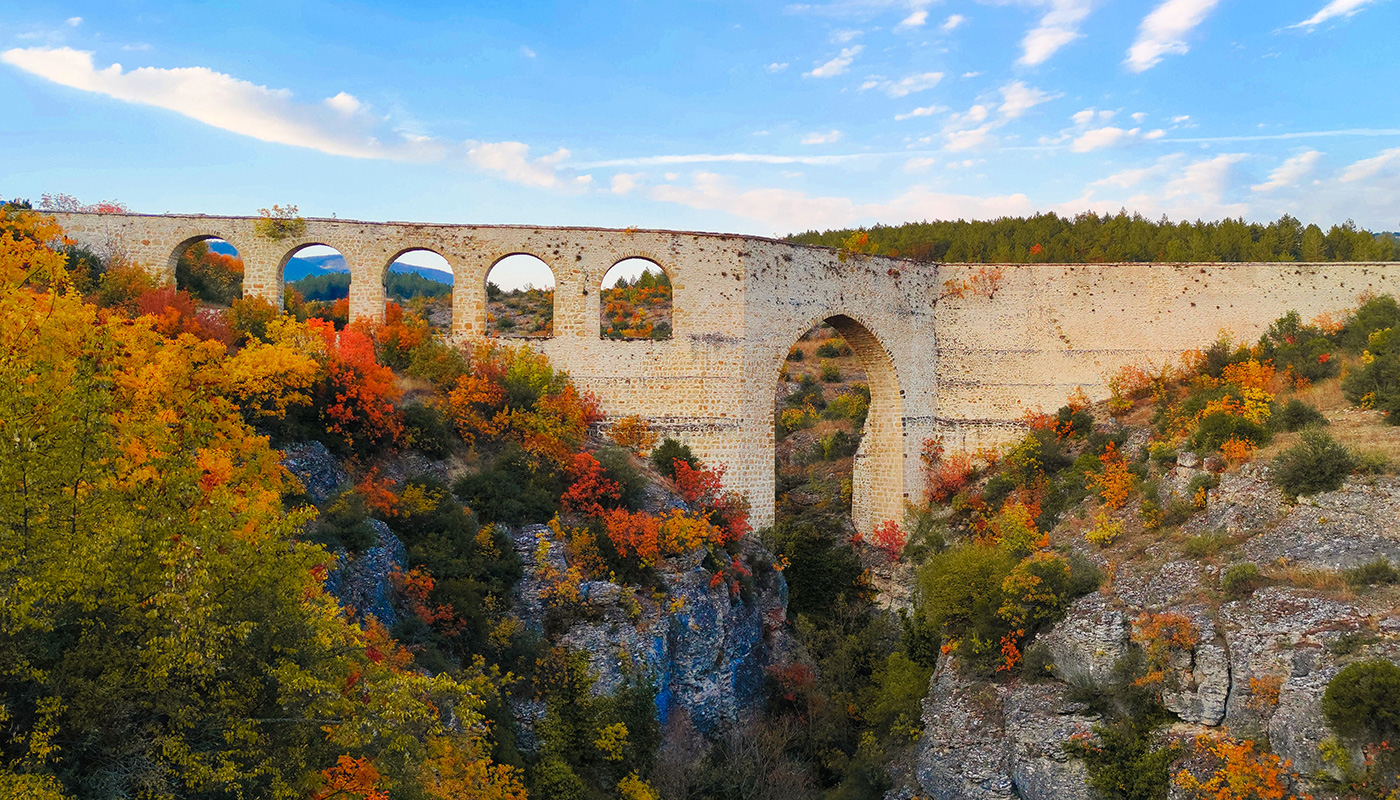
ABOVE: Originally built in Byzantine times but restored in the 1790s, the Incekaya Aqueduct is located just outside the town of Safranbolu and adjacent to the Crystal Terrace – a glass viewing platform over the canyon, and one of the most visited places in all of Safranbolu now.
Unsurprisingly, saffron still plays a major part in the local colour. Everywhere we went, we noticed bright purple saffron crocus flowers adorning shop signs and windows. Saffron tea is an age-old local favourite, often taken with a refreshing Turkish sherbet made from fruit such as plums or cherries. Perhaps the most iconic delicacy however is Safranbolu lokumu, a delicious local variety of Turkish delight, produced daily and flavoured with the area’s favourite spice, which gives it a rich and complex flavour.
“We have 25 different varieties of lokum that we make using the same traditional recipes since 1942,” said Erdal Öztürk, head chef at İmren Lokum, one of the oldest, classical, handmade confectionery-makers in the city. “Over time, we’ve introduced more modern flavours – such as lavender, fig and hazelnuts, and strawberry – but we remaintied to our roots by the saffron and our tried-and-tested techniques.”
Elsewhere in town you can find Turkey’s first-ever coffee museum. It’s fun and actually has pedigree given it was opened by a trio of coffeemasters looking to keep the 500-year-old coffee culture of Anatolia alive. It currently serves over 40 kinds of coffee, each made using only time-honoured, locally made pots, cups, hand grinders, roasting pans, scales, wooden spoons, and sugar pots. Fittingly they even developed a new kind of coffee with – you guessed it – saffron. It’s not bad at all, as it has a smooth aroma despite an unfamiliar floral tang.
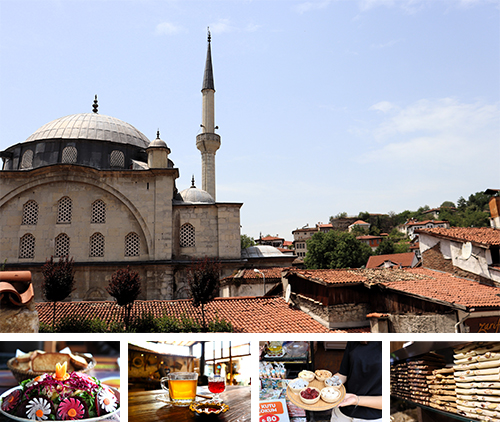
ABOVE TOP: Completed towards the end of the 18th century, the Izzet Mehmet Pasha Mosque is located in the market place of Safranbolu. BOTTOM ROW: (1) An Amasra salad is an explosion of colour, texture and taste, due to the fact it has well over 20 ingredients. (2) A saffron tea and a Turkish sherbert, which is a sweet drink made by mixing the leaves of flowers, herbs, and spices with fruits. (3) Imren Lokum Konak, the oldest Turkish delight seller in Safranbolu, even has a boutique hotel on the property. (4) Bolu’s famously creamy chocolates.
Amasra
The next leg of our journey took us away from the forests and mountains, as we travelled north to the coastal province of Bartin, and Amasra, a small but stunningly pretty port town right on the shore of the Black Sea. Even back in the 15th century, Sultan Mehmed II was so impressed by Amasra’s beauty that he nicknamed it Çeşm-i Cihan (which means Dearest of the World) and it remains just as splendid today as ever, attracting significant local tourism not just because of its sublime beaches but also its fine seafood cuisine.
Indeed, the abundance of quality fresh fish in the waters around Amasra means that seasonal turbot, haddock, and squid regularly find their way into delicious local delicacies, and that was great news for us, although maybe not our waistlines. Ironically, it was the town’s original salad that really caught us off guard; it’s a delightful, decorative favourite packed with flavours and colours from more than twenty different ingredients including carrots, radishes, mint, pickles, and white cabbage.
Exploring the harbour and visiting the ancient Byzantine ruins are a must, but so too is a visit to the nearby Güzelcehisar Lava Columns, which were formed nearly 80 million years ago by the cooling and crystallisation of lava flowing from volcanoes into the sea. These titanic geometric stone pillars were a magnificent sight, like some kind of neogothic wall to the lapping waves below.
Mengen
Known as the ‘Land of Cooks’, Mengen was the final destination on our grand tour of the Black Sea region. Southwest of Karabuk and north of Ankara, this unassuming rural town in the province of Bolu – no relation to Safranbolu – is best known for producing Turkey’s top chefs. You’ll find almost all the cooks running the kitchens across the country’s best hotels and restaurants were trained right here in Mengen. There’s even an annual International Mengen Culinary and Tourism Festival that has been running for over 30 years, and it’s a hugely popular event too featuring competitions, traditional dancing and even concerts.
Now, we could hardly come to a place of such gastronomic pedigree without testing the food for ourselves, could we? So, our first pit stop was at the Mengen Çiftlik Et Mangal, widely regarded as the best steakhouse in the province. “All of our meat – our lamb, our beef – is raised completely naturally,” explained steward Eren Yeniyapi. “We don’t keep the animals cooped up in farms. They are free to roam around the pasture. We’re also well known for our other natural products, like cheese and honey, which is also local and top quality.”
In addition to the superb meat available here, Mengen prides itself on the simple elegance of its traditional dishes. One cannot go wrong with Mengen Pilavi, a unique and flavourful pilaf with a sweet harmony of lamb, mushrooms, walnuts, tomatoes, and dill. Another is Kaldirik Dolmasi, a dolma made by boiling kaldiriks (also known as hodan) leaves and wrapping them around onions, garlic, and corn flour.
And the wider province of Bolu is famous for its chocolate, which combines cocoa with locally sourced wild hazelnuts that have an unusually high oil content, which imparts a very creamy undertone and a distinctively rich flavour.



